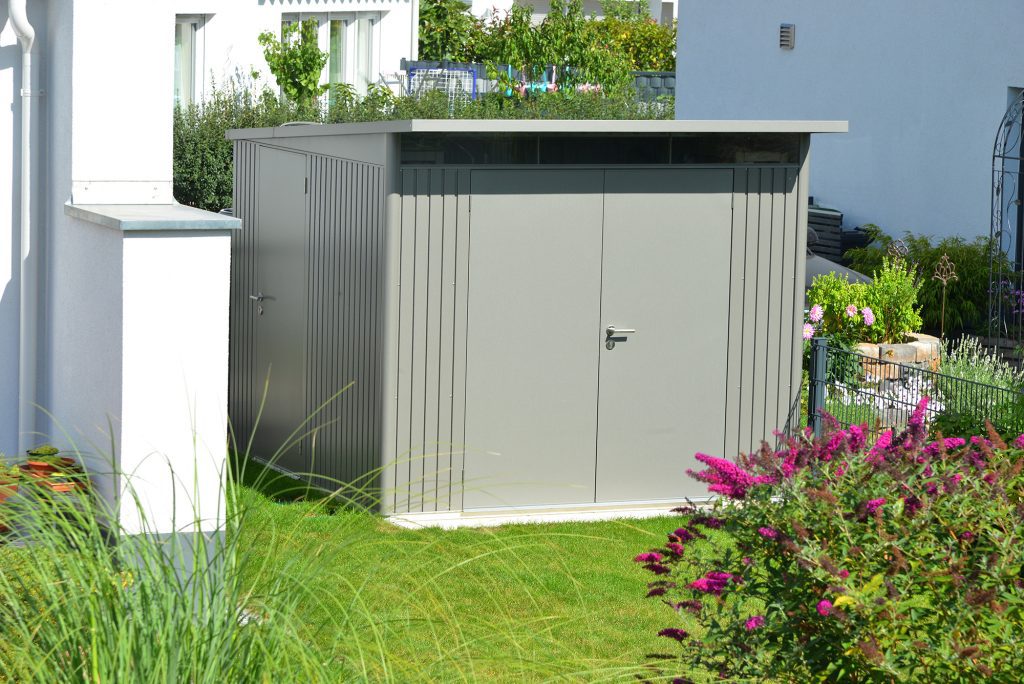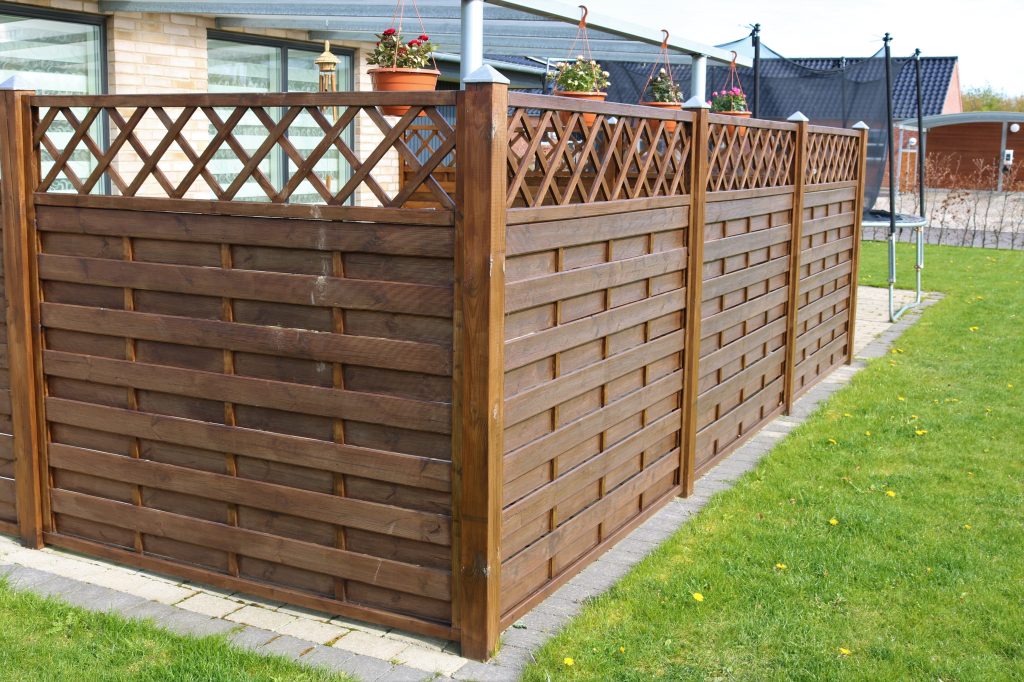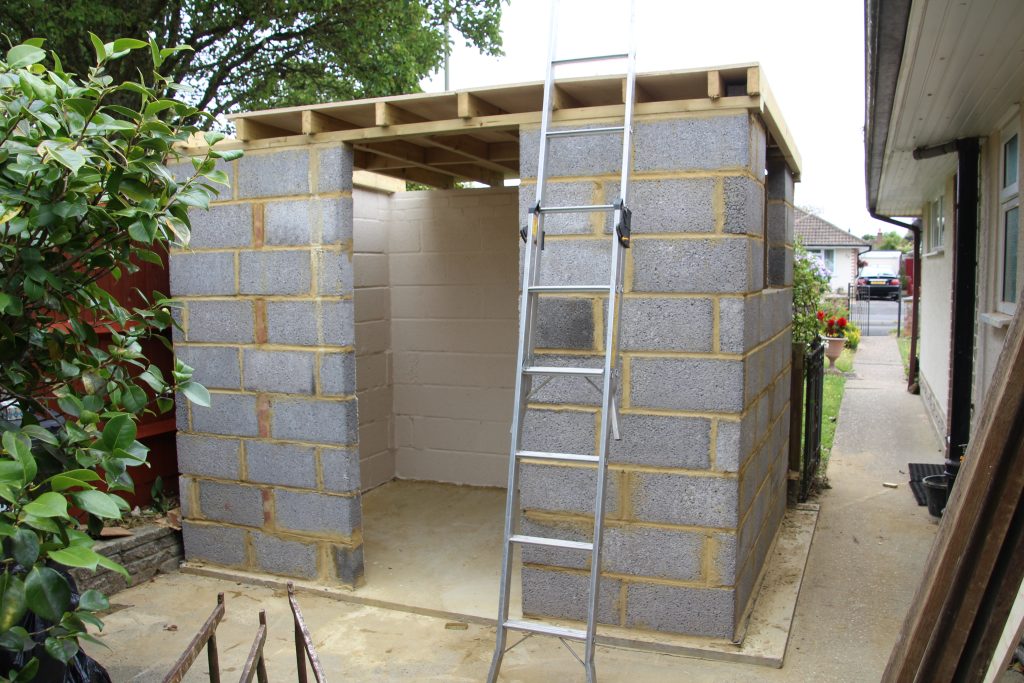According to data sourced from Fortune Business Insights, during the forecast period, it is expected that the U.S. generator sales market will increase at a CAGR of 5.13%, rising from $4.89 billion in 2021 to $6.94 billion in 2028. The demand for constant electricity supply has increased due to the speed of urbanization and industrial growth, making power backups an essential component of development.
Investing in a generator is an effective way to guarantee that one’s residence or workplace will never be short of power supply. Since you never know when your power might go off or how long it will take for someone to restore it to working order, it is recommended that you get a generator. It is an essential requirement for those living in rural areas, as most of those places do not have stable access to electricity.

Finding out which size of generator your household needs should be your first priority when researching them. Your generator should be much smaller in size if you only intend to power your important appliances, like fridges and water pumps. These less powerful generators have a starting power of 7kW or 7,000 watts. If you decide that you would want to be able to power your air-conditioning system during a power interruption, you would need a generator that is typically close to 20 kW.
You should know that the bigger the size of your generator, the less curb appeal it gives your property. To maximize the power supply from your generator whilst still maintaining the aesthetic value of your exterior space, you can choose to hide your house generator.
Why Do People Hide Their House Generators?
1. Preventing vandalism and theft by securing generators
Generators are susceptible to theft and vandalism. When motivated and determined enough, even massive commercial generators that appear safe can become a target for skilled thieves. Any generator could sustain expensive damage from vandalism.
2. It reduces a property’s curb appeal
It is common knowledge that standby generators are unappealing to visitors, passers-by, and even occupants of a building. For landlord’s associations that have clear standards concerning the look of their exterior space, installing your generator in the open space where it can be easily seen may be a very sensitive topic.
3. Landscape specifications or limitations
Just about any landscaping project, from fixing an awning to installing a standby generator, must start with the planning stage. If your area has any landscape specifications or conditions, start by looking through your Home Owners Association documents, when necessary, to avoid breaking any rules or guidelines guiding the landscape goal of the neighborhood. You can create a custom layout that will blend with or improve surrounding features after taking your existing landscaping into account.
4. Inclement weather conditions
A generator enclosure shields it from elements like rain, snow, subfreezing temperature levels, and strong winds. A generator can also be damaged by inclement weather. Not only that, but it can also render your warranty invalid.
5. To keep members of their household safe and healthy
Carbon monoxide (CO), a deadly gas, is produced by most house generators. CO has no color or odor, but it is capable of killing someone when inhaled continuously. According to a report, yearly, it kills hundreds of individuals and sickens lots more. For households with generators, it is advisable that they not be placed inside your house or garage. Your generator should be more than 20 feet away from your windows, doors, and other openings in the house.
How to Hide a Whole House Generator
1. Fencing your generator

To conceal one’s generator, there are many types of fencing options to choose from. A conventional privacy fence, an eco-friendly fence formed out of a combination of ornamental plants, or a DIY artwork made out of repurposed shutters are all viable options. Growing creeper veggies like peas is also another choice if you want to add more functionality. In this case, the lattice could even serve as both a cover for a generator as well as a framework for supporting vegetables. Fences are a great way to conceal equipment and generators in particular. You should choose a fence color scheme that complements the style of your house, so it won’t appear to be an addition to your already perfect exterior.
2. Installation in decorative rock gardens and flowerbeds
Your present exterior could be extended with beautiful flower beds and decorative rocks, both of which are simple to make. Placing one’s generator inside of the floral bed or stone garden will add a nice style and give your yard a neat, well-kept look. For an organized, simple design, pick your favorite stone or grass clippings and add colorful tapings. This can be done in a variety of ways to incorporate your style preferences for colors and designs.
3. Shelter made of concrete blocks

A structure constructed from concrete blocks connected together with mortar has always been particularly strong, protected, and soundproof. It is a secure way of hiding your house generator. For maximum functionality of your generator, ease of access and ventilation need to be given special consideration when it is being constructed.
4. Generator enclosure in a soundproof baffle box
A quiet acoustic box also referred to as a soundproof baffle box, is a noise-canceling device used to keep the area around the generator quiet. The best sound-absorbing components to line this box with are bulk vinyl, acoustic caulking, a moderate-density fiberboard, and green glue adhesive.
5. Put shrubs and plants on top of it
Your generator can be effectively concealed either between or behind plants and shrubs, a result that is not hard to achieve. You must take the soil pH and condition, and also the amount of sunlight that the area where it is situated receives, into consideration when selecting the plants and shrubs suitable for planting. These have a significant impact on how successfully the plants grow. Additionally, take into account that you have to prevent the generator from becoming overgrown and root-infested as you will need easy access to it.






